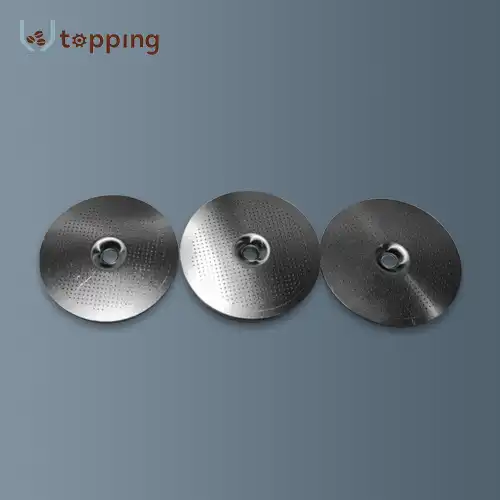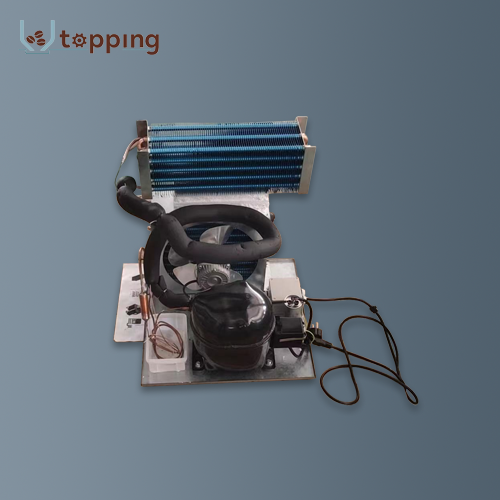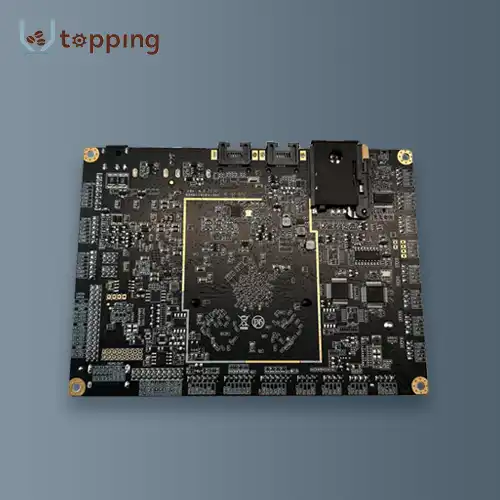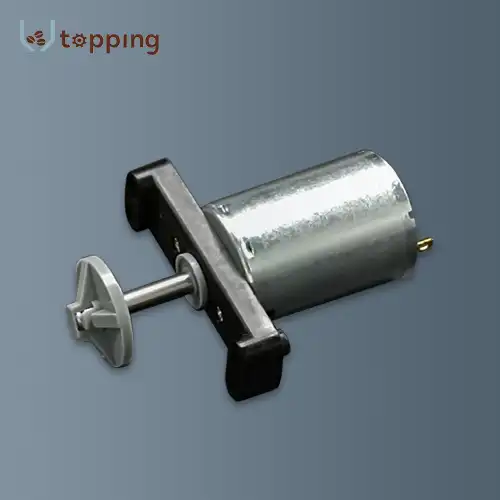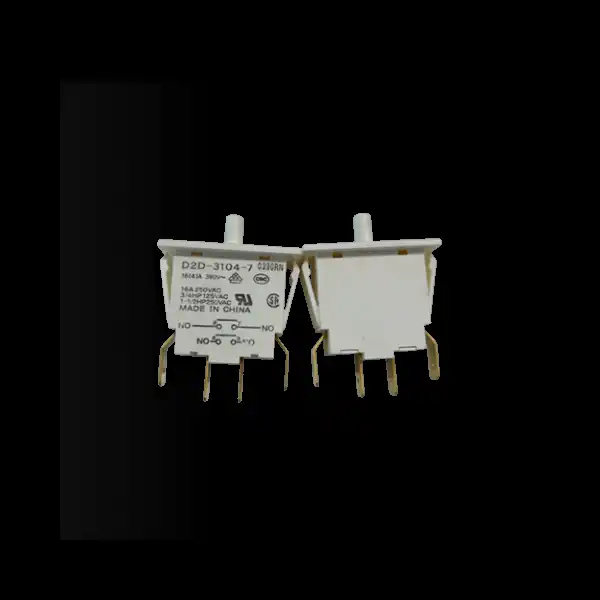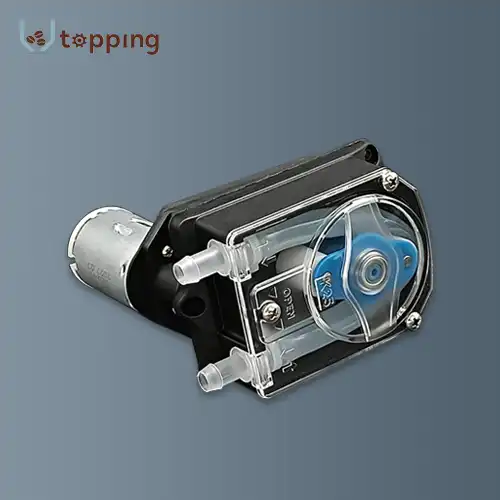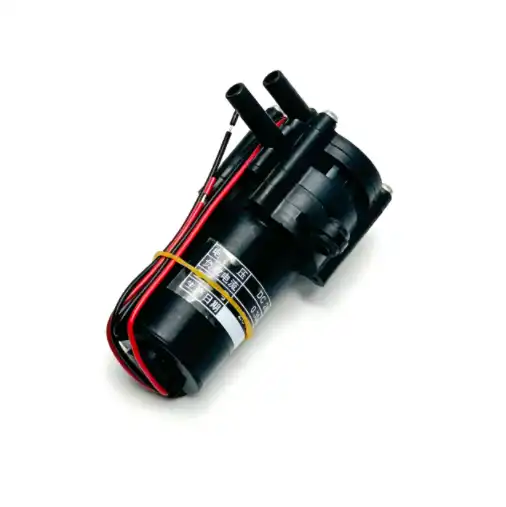What is a Coffee Machine Pump?
2024-10-17 10:29:56
A coffee machine pump is a vital component in modern espresso machines that creates the pressure needed to brew espresso. It forces hot water through finely ground coffee beans to extract the rich flavors and aromas we love in espresso. Without a pump, you simply couldn't achieve the high pressure required for true espresso. To find out more regarding coffee machine pumps and their role when preparing the perfect cup of espresso, let us take a more detailed look at them.
Types of Coffee Machine Pumps
There are several types of pumps used in coffee machines, each with its own advantages:
Vibratory pumps are the most common type found in home espresso machines. They use electromagnetic vibration to create pressure, typically around 15 bars. These pumps are compact, relatively inexpensive, and reliable. However, they can be noisy and may not provide as consistent pressure as other types.
Rotary pumps are often used in commercial espresso machines. They provide more consistent pressure and are quieter than vibratory pumps. Rotary pumps can maintain higher pressure levels, usually around 9-10 bars, which is ideal for espresso extraction. They're more expensive but tend to last longer and perform better under heavy use.
Piston pumps are found in manual lever espresso machines. The barista applies pressure by pulling a lever, which forces a piston to push water through the coffee grounds. This type offers precise control over pressure but requires skill and practice to use effectively.
Gear pumps are less common but are sometimes used in high-end machines. They provide very consistent pressure and are quiet, but they're more expensive and complex.
Function of the Pump
The primary function of a coffee machine pump is to create the pressure needed for espresso brewing. Espresso requires water to be forced through finely ground coffee at high pressure, typically between 9 and 15 bars. This pressure is crucial for proper extraction of coffee oils and flavors.
Here's how the pump works in a typical espresso machine:
1.The pump draws cold water from the machine's reservoir.
2.It pressurizes this water and sends it to the boiler or thermoblock for heating.
3.Once the water reaches the correct temperature (usually around 200°F or 93°C), the pump forces it through the coffee grounds in the portafilter.
4.The pressurized hot water extracts oils, flavors, and aromas from the coffee as it passes through, resulting in espresso.
The pump also plays a role in maintaining consistent pressure throughout the brewing process. This is crucial for achieving even extraction and avoiding issues like channeling, where water finds the path of least resistance through the coffee puck, leading to under-extraction.
Impact on Coffee Brewing
The pump has a significant impact on the quality of espresso produced. Here's how:
Pressure: The pump determines the brewing pressure, which affects extraction. Too little pressure can result in weak, under-extracted espresso, while too much can lead to bitter, over-extracted shots.
Consistency: A good pump provides stable pressure throughout the brewing process. This consistency is key to reproducible results and helps baristas dial in their espresso shots.
Pre-infusion: Some pumps allow for a pre-infusion stage, where water is introduced at lower pressure before ramping up. This can improve extraction by evenly wetting the coffee grounds before full pressure is applied.
Flow rate: The pump's capacity affects how quickly water flows through the coffee. This, combined with grind size and dose, determines the extraction time and ultimately the flavor of the espresso.
Temperature stability: While not directly responsible for heating, the pump's performance can affect water temperature stability, which is crucial for consistent extraction.
Understanding these impacts helps both home enthusiasts and professional baristas optimize their espresso brewing. It's why many high-end machines feature adjustable pump pressure or flow profiling capabilities, allowing for fine-tuning of the extraction process.
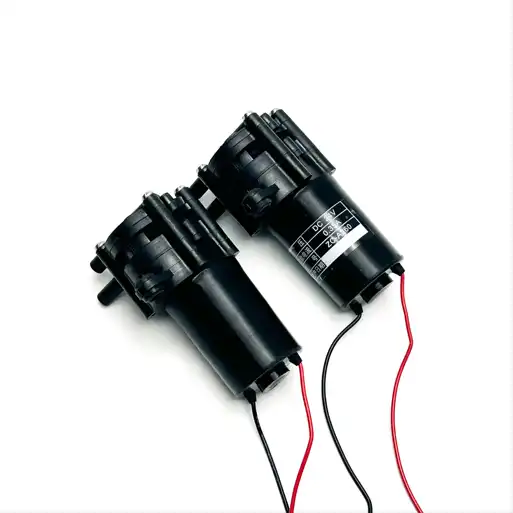
Coffee Machine Pump Supplier
When it comes to choosing a coffee machine pump supplier, it's important to consider factors like reliability, performance, and customer support. One such supplier is Topping Motor, which offers coffee machine pumps with various specifications to suit different needs.
Topping Motor's coffee machine pumps are available with DC voltages of 12V, 24V, or a range of 6-36V. They also offer customized parts to meet specific requirements. This flexibility makes their pumps suitable for a wide range of coffee machine designs and applications.
For those in the process of selecting a coffee machine pump manufacturer, Topping Motor welcomes inquiries at sales@huan-tai.org. They can provide detailed information about their products and help determine which pump is best suited for your specific coffee machine design or application.
When choosing a pump supplier, it's crucial to consider factors beyond just the pump specifications. Look for a supplier with a strong reputation for quality, reliability, and after-sales support. Ask about their quality control processes, warranty terms, and ability to provide technical support if needed.
It's also worth considering the supplier's experience in the coffee industry. A supplier familiar with the unique demands of espresso machines can offer valuable insights and may be better equipped to provide pumps that meet the specific needs of coffee brewing.
Remember, the pump is a critical component of any espresso machine. Choosing the right pump and a reliable supplier can make a significant difference in the performance and longevity of your coffee machine.
References:
1.Illy, A., & Viani, R. (2005). Espresso coffee: the science of quality. Academic Press.
2.Hendon, C. H., Colonna-Dashwood, L., & Colonna-Dashwood, M. (2014). The role of dissolved cations in coffee extraction. Journal of Agricultural and Food Chemistry, 62(21), 4947-4950.
3.Rao, S. (2008). Everything but espresso: Professional coffee brewing techniques. Scott Rao.
4.Ribeiro, J. S., Augusto, F., Salva, T. J. G., Thomaziello, R. A., & Ferreira, M. M. C. (2009). Prediction of sensory properties of Brazilian Arabica roasted coffees by headspace solid phase microextraction-gas chromatography and partial least squares. Analytica Chimica Acta, 634(2), 172-179.
Caprioli, G., Cortese, M., Sagratini, G., & Vittori, S. (2015). The influence of different types of preparation (espresso and brew) on coffee aroma and main bioactive constituents. International Journal of Food Sciences and Nutrition, 66(5), 505-513.
Send Inquiry
Related Industry Knowledge
- How to clean coffee bean hopper
- How to choose the right operating system for Control Board For Vending Machine?
- Commercial Coffee Machine Spare Parts List
- What is the difference between a filter and a coffee sieve?
- How Does Motor Power Affect Coffee Grinding Speed?
- What are the sizes of vending machine touch screen?
- How does a Coffee Machine Pump work?
- What does a Coffee Vending Machine Ingredient Canisters do?
- What does a solenoid valve do in an espresso machine?
- What technologies does a vending machine with camera use?

.webp)
